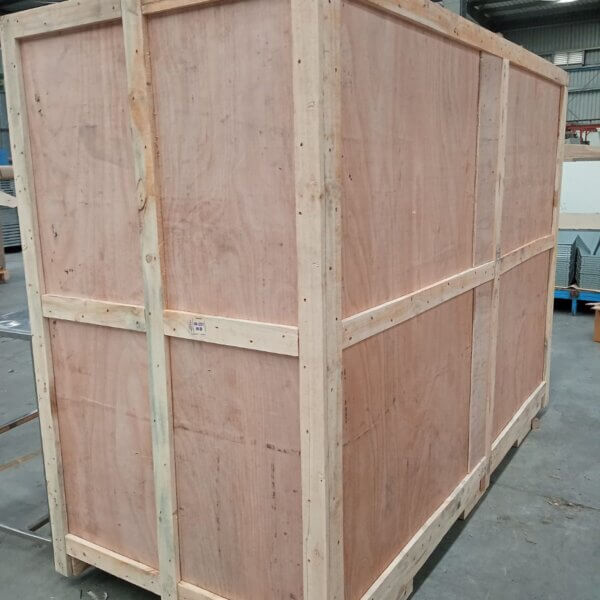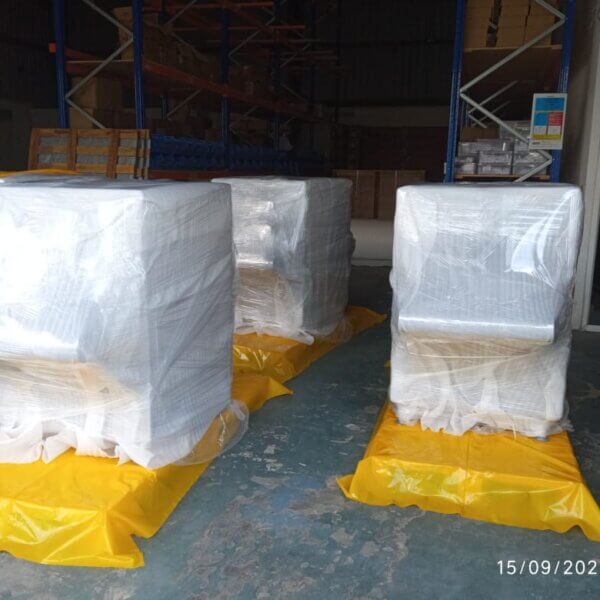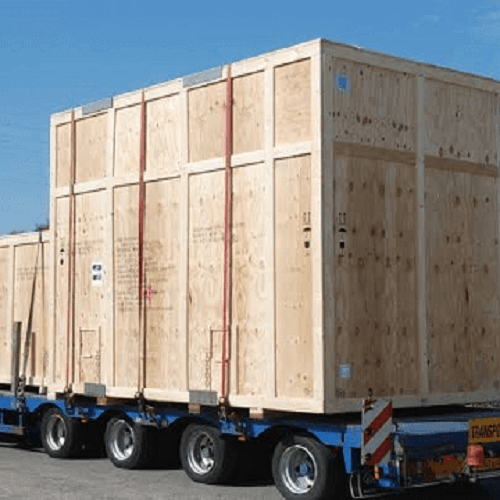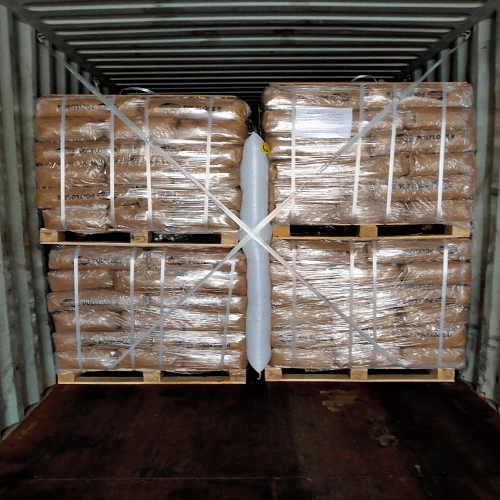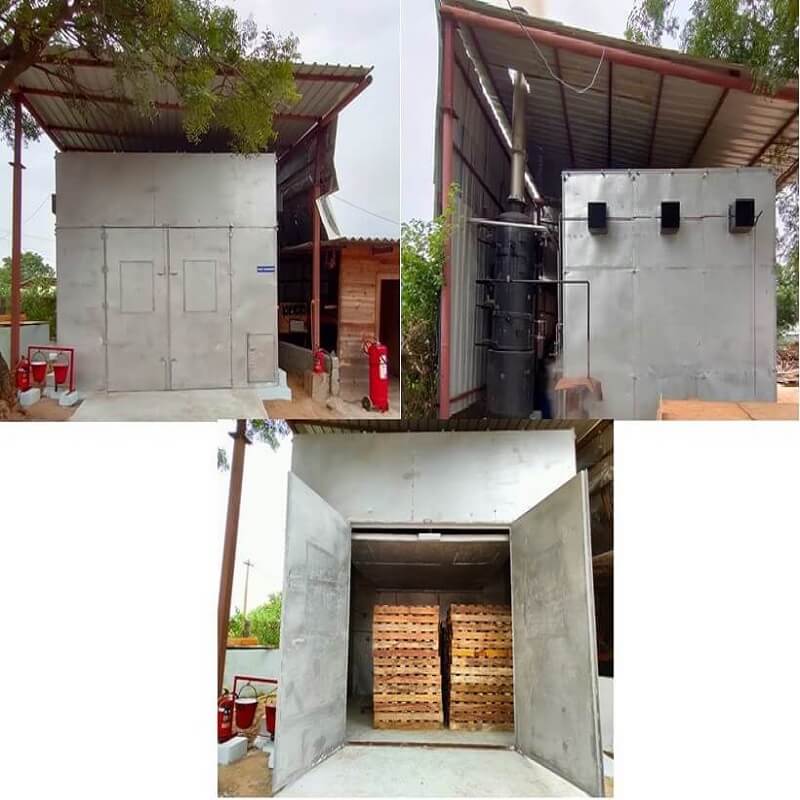Warehouse Wooden Pallets
Warehouse wooden pallets are a fundamental component of the modern supply chain and logistics industry. These simple yet ingenious platforms provide a practical solution for handling, storing, and transporting goods in warehouses, distribution centers, and beyond. In this article, we will explore the significance of wooden pallets in the world of logistics and discuss their various aspects, including types, benefits, maintenance, and sustainability.
Types of Warehouse Wooden Pallets:
- Stringer Pallets: These are the most common type of wooden pallets, featuring two or more parallel boards (stringers) on the bottom that provide support to the pallet deckboards. Stringer pallets are known for their durability and ability to carry heavy loads.
- Block Pallets: Block pallets are constructed with both stringers and blocks, which offer enhanced stability and load-bearing capacity. They are often preferred for their robustness and ability to withstand rough handling.
- Euro Pallets: These pallets conform to a standardized size (800×1200 mm) established by the European Pallet Association (EPAL). Euro pallets are widely used in international trade due to their uniformity and compatibility with European logistics systems.
- Perimeter Base Pallets: Perimeter base pallets have a solid frame running around the edges of the pallet, which offers greater stability and load distribution. This design is especially useful for fragile or irregularly shaped goods.
Benefits of Wooden Pallets in Warehousing
- Cost-Effective: Wooden pallets are more economical than their plastic or metal counterparts, making them a cost-efficient choice for businesses.
- Sustainable: Wood is a renewable resource, and many wooden pallets are made from reclaimed or recycled wood. They can be easily repaired and recycled, reducing their environmental impact.
- Durability: Wooden pallets are robust and capable of withstanding heavy loads and rough handling, ensuring they have a long lifespan.
- Customization: Wooden pallets can be easily customized to suit specific requirements, such as size, weight capacity, and design.
- Compatibility: They are compatible with a wide range of handling equipment, including forklifts, pallet jacks, and conveyors, making them a versatile choice in a warehouse environment.
- Good Weight Distribution: The design of wooden pallets ensures even weight distribution, reducing the risk of damage to goods during storage and transportation.
Maintenance of Wooden Pallets
To prolong the life of wooden pallets and ensure their safe and efficient use, regular maintenance is essential. Here are some maintenance tips:
- Inspection: Regularly check pallets for damage, such as broken boards, loose nails, or splinters. Remove and repair damaged pallets to prevent accidents and ensure goods’ integrity.
- Cleaning: Keep pallets clean and free of contaminants to prevent contamination of stored goods. Clean pallets are less likely to attract pests.
- Painting or Sealing: Applying a protective coat of paint or sealant can help extend the pallet’s lifespan and make it more resistant to moisture and wear.
- Proper Storage: Store pallets in a dry, well-ventilated area to prevent moisture buildup, which can lead to rot and degradation.
Sustainability and Wooden Pallets
Sustainability is an essential consideration in today’s logistics industry. Wooden pallets contribute to sustainability through the use of renewable materials, responsible forestry practices, and their potential for recycling and reusing. When wooden pallets reach the end of their life, they can often be repurposed or recycled into new products, reducing waste.
Warehouse wooden pallets play a crucial role in the storage and transportation of goods, underpinning the efficiency of modern supply chains. They are cost-effective, durable, and sustainable, making them an excellent choice for businesses seeking a reliable and environmentally responsible solution. By understanding the various types of wooden pallets, their benefits, maintenance, and sustainable practices, businesses can make informed decisions about their pallet usage and contribute to more efficient and eco-friendly logistics processes.


